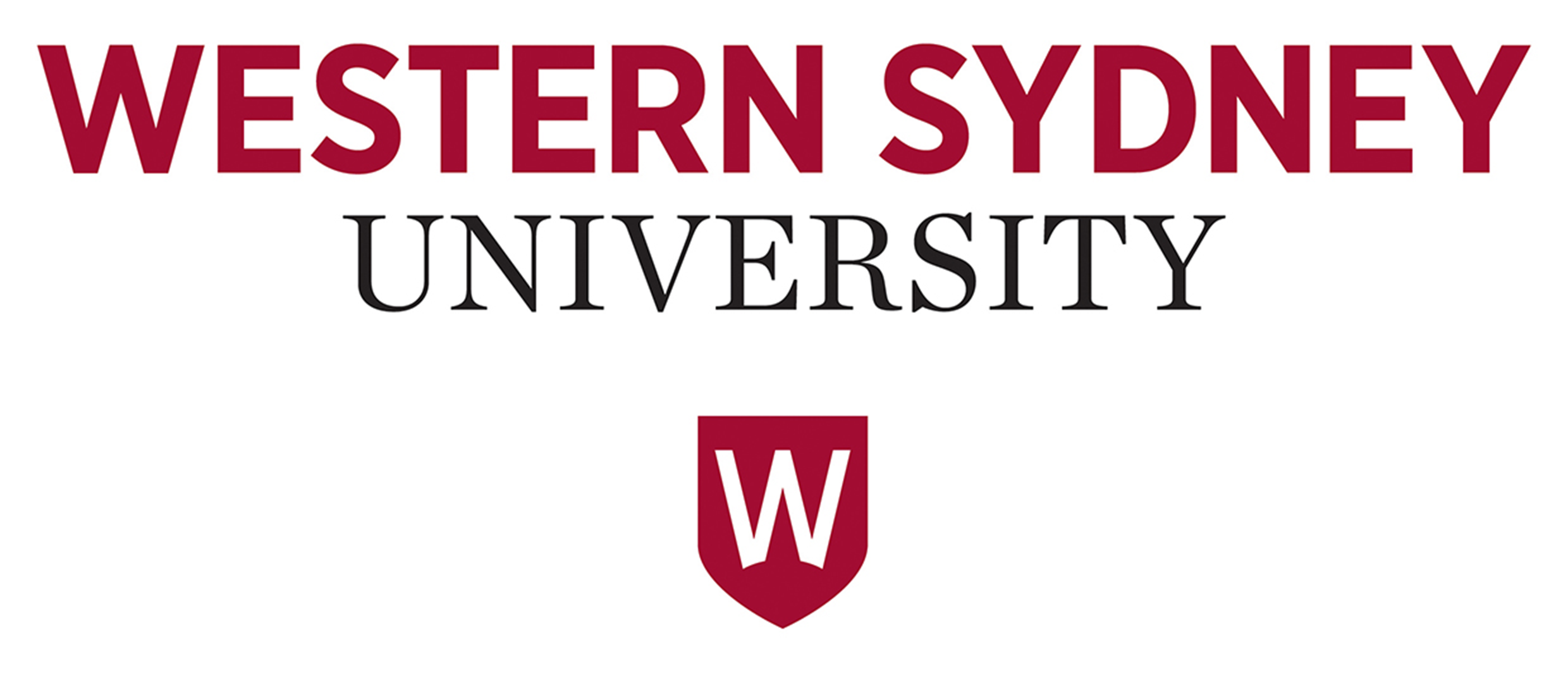Full description
This dataset contains the extension to SeqENV pipeline (Sinclair 2016) (including its source code and associated toolkit). Preprocessed FASTA files belonging to sugarcane habitat are included, consisting of samples from soil, rhizosphere, root and stem sub-habitats, as well as FASTA files from two marine subhabitats. Taxonomic annotation was performed on the FASTA files from both habitats in the TaxaSE pipeline. Using the included toolkit, datasets consisting of randomly selected sequences were generated and analysed in the SeqENV pipeline. Finally, the extension was used to generate Per Term Taxa Abundance and Per Taxa Term Abundance results. Sugarcane leaf, stalk, root and rhizosphere soil samples were collected by Dr. Kelly Hamonts at Hawkesbury Institute for the Environment, Western Sydney University, Australia, in November 2014 from eight sugarcane fields growing three sugarcane varieties (KQ228, MQ239 and Q240) near Ingham, Queensland, Australia. In each field, 3 stools were randomly selected and samples were collected from 2 plants per stool. Samples were snap-frozen in liquid nitrogen on the field, transported to the laboratory on dry ice and stored at -80C. Frozen sugarcane tissue samples were ground using mortar and pestle and DNA was extracted from the resulting powder using the MoBio PowerPlant DNA extraction kit, following the manufacturer’s instructions. The MoBIO PowerSoil DNA extraction kit was used to extract DNA from the soil samples. Bacterial 16S rRNA amplicon sequencing was performed by the NGS facility at Western Sydney University using Illumina Miseq (2x 301 bp PE) and the 341F/805R primer set. Marine dataset came from (Jeffries, T.C. et. al. 2015).
Data can be downloaded from the link provided in this record. Supplemental information associated with the article: Extending SEQenv: a taxa-centric approach to environmental annotations of 16S rDNA sequences; is available in the Attachments section.
Created: 2017-05-22
Data time period: 02 2013 to 28 02 2017
User Contributed Tags
Login to tag this record with meaningful keywords to make it easier to discover
- DOI : 10.4225/35/59224AD317FDC

- Local : research-data.westernsydney.edu.au/published/e6d58cc0519311ecb15399911543e199
- Handle : 1959.7/532065



